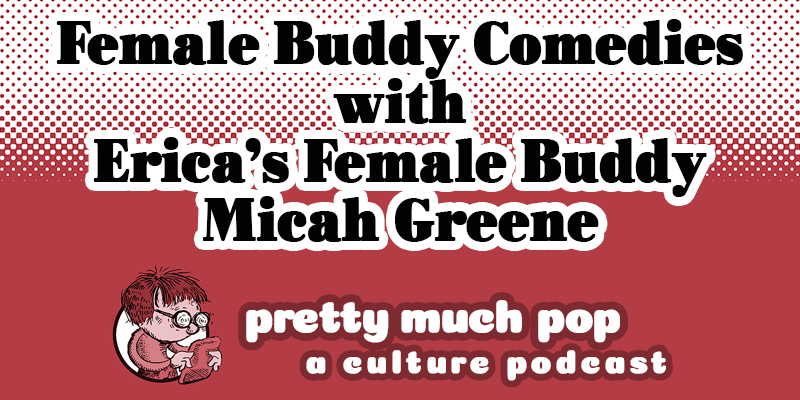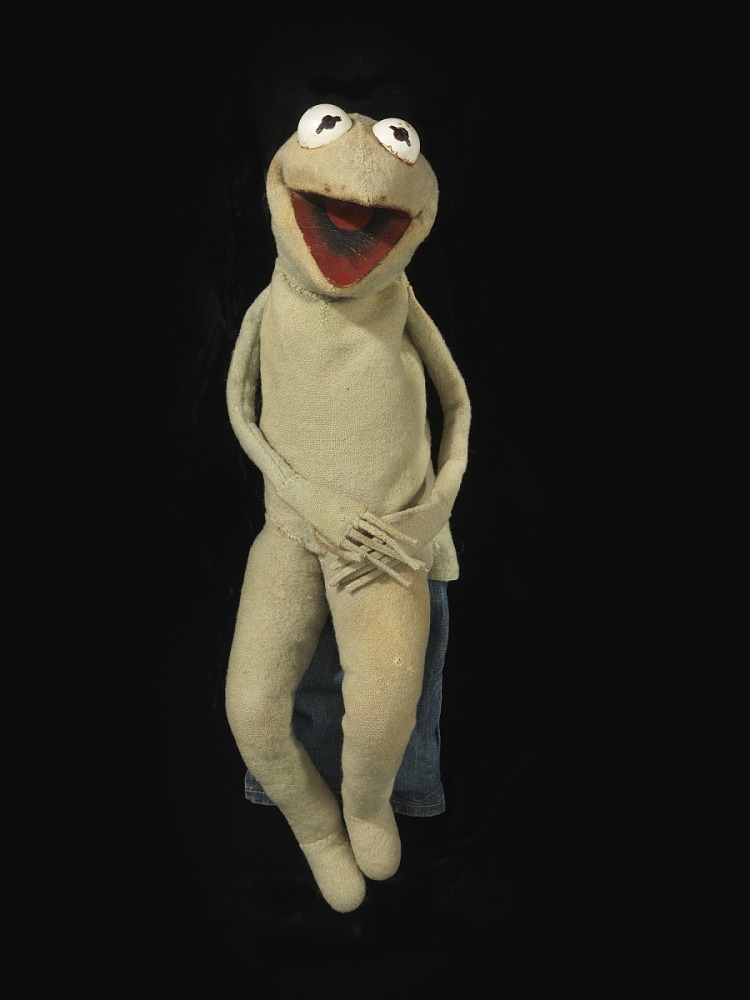Smells Like Teen Spirit is an unusual anthem because it refuses the role of the anthem. It’s perfect for the generation it represented because this was a cohort that was so ambivalent about any traditional values [or] conventional success. — music critic Ann Powers
The screaming existential angst of “Smells Like Teen Spirit” ensured that Nirvana would define, transcend, and outlast the 90s grunge scene.
The song was an instant hit. Here’s a description from someone who was present at the small Seattle club O.K Hotel for its first live performance:
They started playing the new song and people erupted. We were being slimed on by shirtless guys, just moshing. My friend Susan started hyperventilating, she thought it was so good: ‘I can’t, gasp, believe what they just played!’ It was just instantaneous; it was crazy.
“Smells Like Teen Spirit” was unreconstituted rock bliss to us…
…and perhaps not the most natural fit for a ukulele cover?
On the other hand, what better instrument for those “ambivalent about conventional success” than the ukulele?
The Ukelele Orchestra of Great Britain’s cover is as intentionally silly as the band itself, but also manages to convey some of the original’s DGAF attitude.
That’s quite an accomplishment for a seated row of formally dressed, middle aged musicians, strumming in unison on an instrument anyone can play… but few can play well.
The ukulele has become cool in certain circles, but remains inextricably linked to Tiny Tim tiptoeing through the tulips, and a million fumbling summer camp recreations of Jake Shimabukuro’s gentle Hawaiian “Somewhere Over the Rainbow.”
Orchestra founder Peter Brooke Turner’s tribute to lead vocalist Kurt Cobain helps nudge the needle past pure novelty into the realm of credibility, or at least a sophisticated understanding of all the ways in which the original works.
Plus, his “yeah” at 1:52 transcends the era of flannels, harkening to a time when the unconflicted preening rock god reigned supreme. (We should note that he serves plenty of ham alongside that sausage.)
Best of all is David Suich’s enthusiastic headbanging. Clearly a fellow who enjoys putting his long hair in service of his art! (We refer you to the Ukulele Orchestra’s interpretation of AC/DC’s “Highway to Hell.” below…)
Related Content:
The First Live Performance of Nirvana’s “Smells Like Teen Spirit” (1991)
1,000 Musicians Play Nirvana’s “Smells Like Teen Spirit” Live, at the Same Time
Ayun Halliday is an author, illustrator, theater maker and Chief Primatologist of the East Village Inky zine. Follow her @AyunHalliday.



